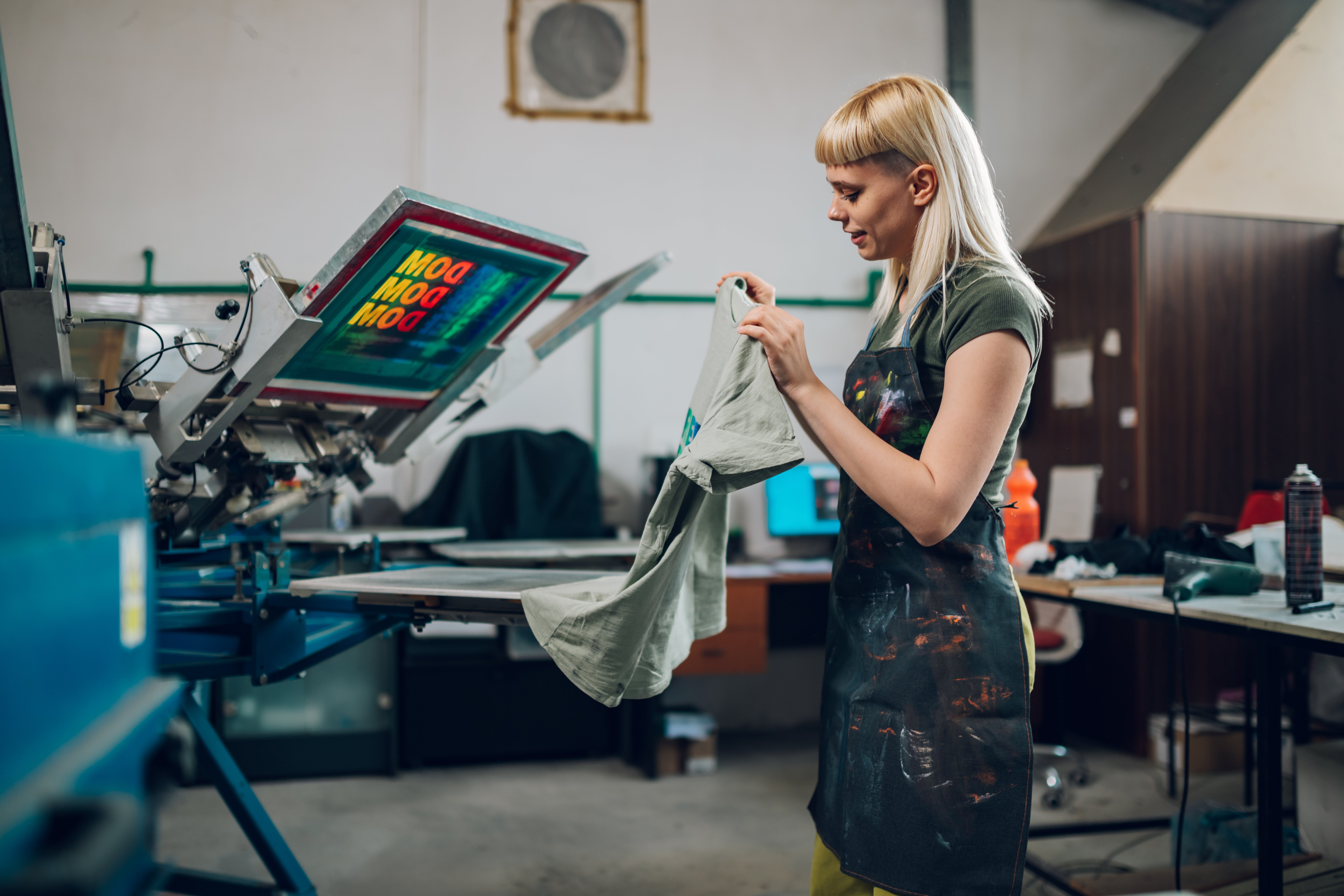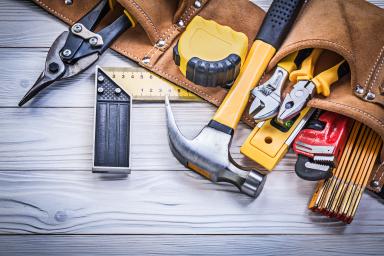VAT return – guide for small businesses
Claiming VAT back isn't straightforward.
The rules are complex with lots of exceptions to items along with various VAT rates and schemes, which make calculating and claiming VAT back a challenging process.
Once your business is registered for Value Added Tax (VAT), you must charge VAT on all your goods and services and then pass this on to HMRC.
On the plus side, being VAT registered means you can reclaim VAT on items your business buys for business use, which means you could be effectively paying 20% less for those goods and services than when your business wasn’t registered for VAT.
HMRC have also produced a handy guide on what impact registering for VAT could have on your business.
If your VAT accounts are complicated, it may be worth speaking to a tax specialist before making a claim.
HMRC can visit your business and inspect your VAT records.
You may be liable to receive a penalty if you have not paid the correct VAT.
In order to work out what you need for claiming VAT back, you need to understand what goods and services you can claim VAT on.
For this guide, we have assumed your business is using the standard VAT accounting scheme.
Claiming VAT back - what you can claim for
The golden rule when claiming VAT back is you can claim only on goods and services that are used wholly and exclusively for your business.
This means office supplies, computers and equipment, transport costs and services such as accountancy all count if they are solely used for the purpose of your business.
If partially for personal use, such as home broadband that's also used by your business, you can only claim back a proportion of the VAT equal to the amount used by your business.
There are some general exceptions to this including:
Goods and services for personal use
If you ‘put something through the company' but ultimately plan on using it yourself, such as stationary or a new computer, you cannot claim the VAT back.
In fact, the item doesn't count as an allowable business expense and cannot be used to offset corporation tax either.
Goods and services used for VAT-exempt products and services
If you buy materials or services that your business then uses to create new products and services that are exempt from VAT, such as insurance services or online lottery games, then you cannot claim back VAT on those materials or services.
Business entertainment costs
These are any costs your business incurs entertaining people who are not employees.
This includes entertaining clients but may also affect events such as Christmas parties if staff are allowed to bring guests.
Second-hand goods
Some goods bought under the Margin and Global Accounting Scheme have different rules when it comes to reclaiming VAT.
That's not all. Many goods and services including vehicles, fuel, food and travel costs have rules that affect how much VAT you can reclaim.
Claiming back VAT on previous costs
The good news for small businesses registering for VAT is you can use your first VAT Return to claim back VAT costs your business previously incurred.
You get only a single opportunity to claim back previous costs, and there are some limits.
Capital expenses
You can claim back VAT on all capital expenses such as laptops or equipment purchased within the previous four years prior to the date of VAT registration.
The goods must still be owned and used by your business or have been used to make a new product that's still owned and used by your business.
Services
You can claim back VAT on services such as accounting and legal services that the business purchased in the previous six months from the date of VAT registration.
You must have clear records, such as VAT receipts, and include the total amount of VAT you are claiming back in your first VAT Return.
Personal use and claiming back VAT
Small business owners can claim back VAT on products and services shared between the business and also used personally.
If you run your business from home, you can claim back a proportion of VAT on services such as utilities and broadband.
For example, if your business is run from home and uses half the household's broadband and your home office occupies one tenth of your home, you can claim back 50% of the VAT on the cost of the broadband service and 10% on the VAT charged on home utilities bills such as gas and electricity.
Claiming back VAT on travel and food
You can claim back VAT on travel costs incurred by an employee of your business, where the travel was solely for business such as visiting a customer or attending a trade show.
This includes VAT charged on travel, hot food and accommodation such as hotels.
However, most public transport is zero-rated for VAT, so there will be nothing to claim back.
VAT cannot be claimed on travel costs to and from your place of work.
Claiming VAT back on vehicles
Your business can reclaim the VAT paid when buying a new vehicle, whether it is a commercial vehicle such as a van or an executive car.
The vehicle has to be solely and exclusively for business use.
You must be able to prove to HMRC that the vehicle is not available for personal use, such as parking it in a secured garage attached to your business overnight.
You may be able to claim back VAT on cars intended to be used as a taxi, hired out as self-drive rentals, or used to provide driving lessons.
You can claim only 50% of the VAT amount back when you lease a car, with some exceptions.
You can claim 50% back on VAT if the vehicle has been leased to replace a company vehicle that is off-the road.
However, if the hire period is for less than 10 days and the vehicle is used only for business then you can claim back 100% of the VAT element.
You can, however, claim back 100% of the VAT on a lease car if it is exclusively used for business and made unavailable for personal use, similar to buying a new car for the business.
VAT-rated expenses incurred maintaining company vehicles, such as servicing costs or the installing a satnav in a company delivery van, can have the full amount of the VAT claimed back.
Claiming VAT back on fuel
The golden rule applies when claiming VAT back on fuel: it must be used solely for business purposes.
However, claiming fuel VAT back can be a little more complicated:
Claim 100% of the VAT
You can reclaim the full amount of VAT paid on all fuel - including personal use - but you have to pay a fuel scale charge that specific to your type of vehicle. The government has a useful Fuel Scale Charge tool you can use to calculate the cost.
Claim 100% on fuel used for business
You can keep a log of business mileage and claim back VAT on the amount of fuel used for the mileage recorded.
Don't claim VAT
This is an option for low mileage company vehicles where the fuel scale charge would cost more than the VAT claimed. However, by not claiming the VAT back on the fuel used by one of your business vehicles, you cannot claim VAT back on fuel used by any of the vehicles in your business.
Keeping VAT records
Paperwork and accurate record keeping are essential when claiming back VAT.
You must be able to clearly show the amount you've paid with either:
VAT invoices
These show the VAT rate and amount you've paid from a VAT-registered business complete with VAT number.
Retail receipts
Retail receipts don't always include VAT but can still be used if the total value of the purchase was less than £250.
You'll need to calculate the VAT element.
Transaction proof
Even without a receipt, it is still possible to claim VAT. You'll need proof of purchase, such as bank statements showing the transaction amount between your business and the VAT-registered business as well as any other supporting documentation.
You must also prove the purchase was for the exclusive use of your business.
How to calculate how much VAT to claim back
Virtually all VAT-registered businesses are required to submit their returns via functional compatible software and pay electronically.
Claiming back VAT involves completing a VAT Return – usually each quarter.
If completing the VAT Return form online on HMRC's website, you must enter how much VAT your business was charged in that three-month accounting period for goods and services you are able to claim VAT on. This is known as input VAT.
You must also calculate how much VAT your business has charged on services and goods during the same period, known as output VAT.
When calculating your VAT Return, you'll need to work out the difference between the amount of VAT your business charged and how much VAT it paid.
For example, if your business charged a total of £20,000 of VAT on its goods and services (output VAT) and it paid £4,000 in VAT on products and services it bought (input VAT) the VAT calculation would be:
£20,000 (output VAT) - £4,000 (input VAT) = £16,000 in VAT to pay HMRC.
However, if your business charged £8,000 of VAT on its goods and services but paid £12,000 in VAT on goods and services it purchased, the VAT calculation would be:
£12,000 (input VAT) - £8,000 (output VAT) = £4,000 in VAT your business can claim back from HMRC.
How to get paid a VAT refund
By completing your VAT Return online, HMRC will automatically calculate if you’re due a VAT repayment for that accounting period.
Once you submit your VAT Return, HMRC usually repays any VAT within 30 days.
For more information, see HMRC's VAT Notice 700 guide.
For further information on VAT, see our definitive guide.
Learn with Start Up Loans and boost your marketing skills
Want to market your start-up business? Check our free online courses in partnership with the Open University on effective marketing techniques.
Our free Learn with Start Up Loans courses include:
- Marketing in the 21st Century
- First steps in innovation and entrepreneurship
- Entrepreneurial impressions – reflection
Plus free courses on climate and sustainability, teamwork, entrepreneurship, mental health and wellbeing.
Tags relating to this content
Disclaimer: The Start -Up Loans Company makes reasonable efforts to keep the content of this article up to date, but we do not guarantee or warrant (implied or otherwise) that it is current, accurate or complete. This article is intended for general information purposes only and does not constitute advice of any kind, including legal, financial, tax or other professional advice. You should always seek professional or specialist advice or support before doing anything on the basis of the content of this article.
The Start-Up Loans Company is not liable for any loss or damage (foreseeable or not) that may come from relying on this article, whether as a result of our negligence, breach of contract or otherwise. “Loss” includes (but is not limited to) any direct, indirect or consequential loss, loss of income, revenue, benefits, profits, opportunity, anticipated savings, or data. We do not exclude liability for any liability which cannot be excluded or limited under English law. Reference to any person, organisation, business, or event does not constitute an endorsement or recommendation from The Start-Up Loans Company, its parent company British Business Bank plc, or the UK Government.
Your previously read articles
Apply for a Start Up Loan
We've helped over 100,000 businesses get off the ground with a Start Up Loan. Can we help make your business dream a reality?
Find out more for a start up loan
Essential guide to starting a business
Our Essential Guide to Starting a Business is your roadmap to turn your business idea into a reality.
Across 12 chapters, you'll discover a wealth of information designed to empower and equip you with the knowledge needed to successfully launch and manage your new venture.
Sign up for our newsletter
Just add your details to receive updates and news from Start Up Loans
Sign up to our newsletter


